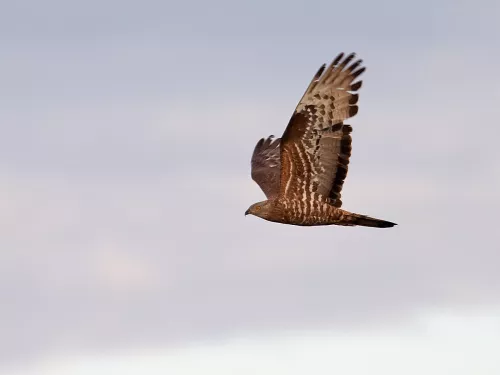
Honey buzzard
Rare summer visitors, honey buzzards breed in open woodland where they feed on the nests and larvae of bees and wasps.
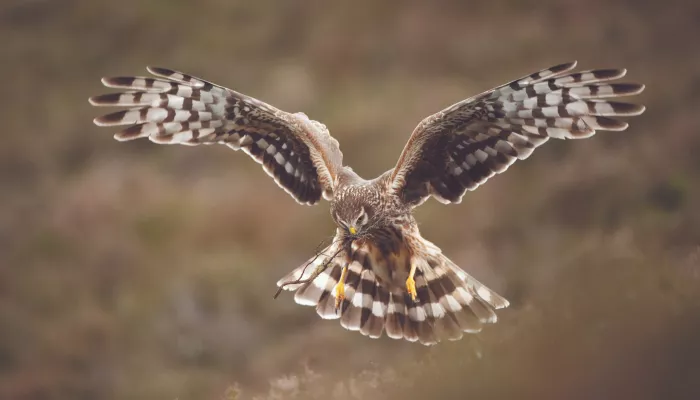
Want to know what birds of prey live in Kent? Enjoy discovering this enigmatic birds, the habitats they live in and the prey they eat.

Rare summer visitors, honey buzzards breed in open woodland where they feed on the nests and larvae of bees and wasps.
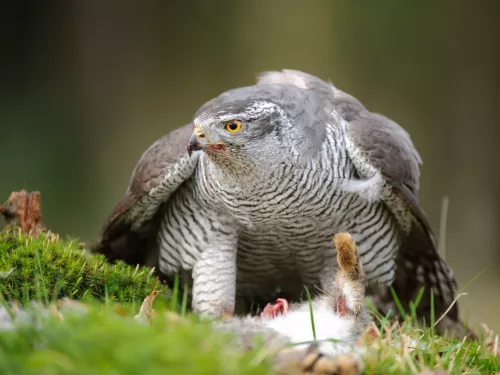
Known as the phantom of the forest, goshawks can fly through the trees at up to 40km per hour as they hunt birds and small mammals.
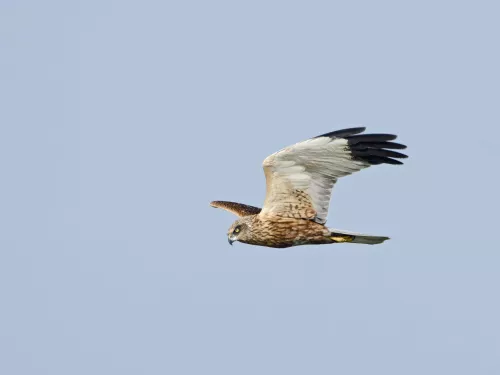
The courtship of the marsh harrier is certainly a sight to behold - wheeling and tumbling through the sky, male and female partners lock talons in mid-air. Look out for this rare bird over reedbeds in East Anglia, Somerset and the South East.
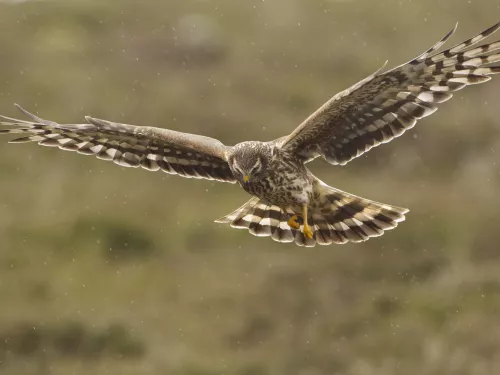
The hen harrier has been severely persecuted for taking game species and has suffered massive declines in numbers as a result. Thankfully, conservation projects are underway to reduce conflict surrounding its controversial prey.

Listen out for the cat-like, 'kee-yaa' calls of the buzzard as it soars high over farmland and woodland. Once suffering from severe persecution and pesticide poisoning, it has made a stunning comeback to most of the UK.
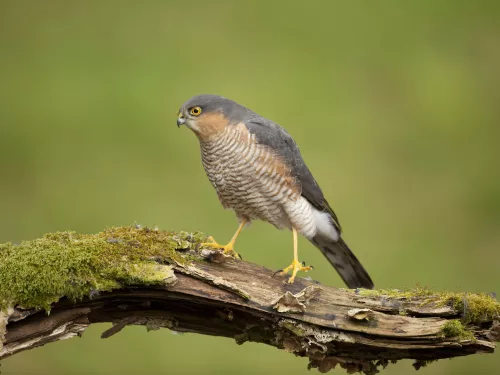
The sparrowhawk is a small bird of prey that can be found in all kinds of habitats and often visits gardens looking for its prey - small birds like finches, tits and sparrows.
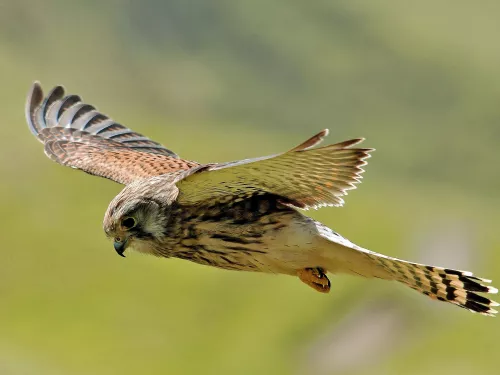
The kestrel is a familiar sight hovering over the side of the road, looking out for its favourite food: small mammals like field voles. It prefers open habitats like grassland, farmland and heathland, but can be seen in towns and villages.
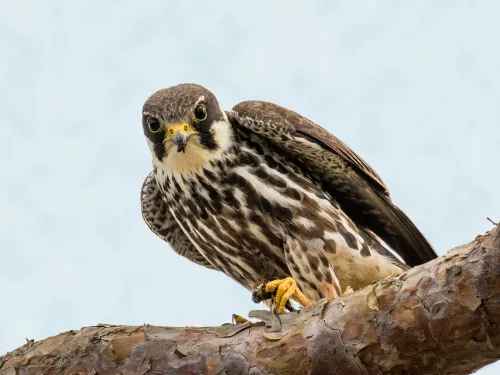
Look out for the swift-like shape of the hobby as it darts over heathlands and wetlands in summer. They are keen hunters, chasing and catching fast-flying dragonflies and small birds on the wing.

Like many of our birds of prey, the peregrine falcon was so persecuted, numbers fell dramatically. Thankfully, this super-speedy flyer is now making a comeback, particularly in our towns, where it nests on tall buildings.

Our most diminutive falcon, the merlin is a pretty bird of prey. It chases small birds, flying low to the ground or hovering in the breeze because of its small size. Resident merlins are joined in winter by Icelandic migrants.

Seeing a red kite soaring high in the sky is a true delight! Once a very rare bird, thanks to successful reintroduction projects these wonderful birds can now be seen in lots of places in the UK.
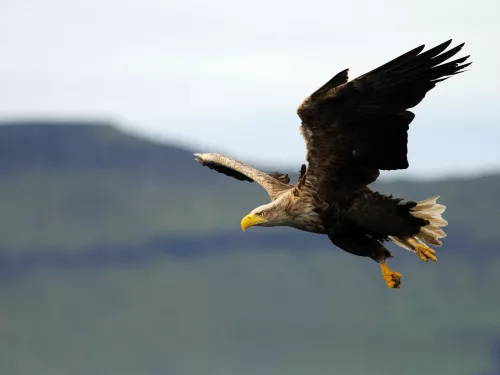
The huge white-tailed eagle is our largest bird of prey. Persecuted to extinction in the UK, it has been successfully reintroduced in Scotland. Look for it on the Isle of Mull and off the west coast of Scotland.

A great way to get up close and personal with the magnificent osprey is via one of the many nestcams set-up in the places that it breeds: Scotland, Cumbria, Wales and the East Midlands.
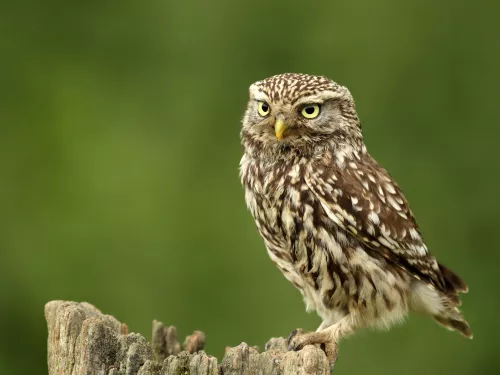
Introduced into the UK in the 19th century, the diminutive little owl can now be seen along hedgerows, on farmland and in parkland across England and Wales. It often perches on a pole or rock, looking out for its unsuspecting prey.
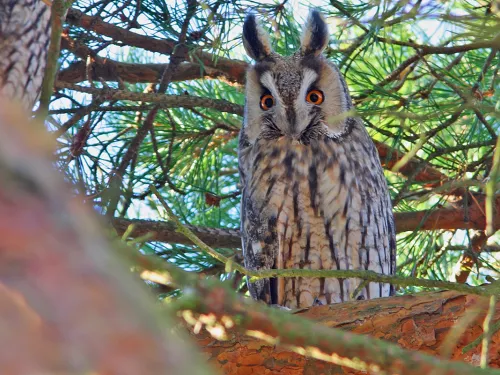
Unsurprisingly, the nocturnal long-eared owl sports large 'ear tufts' on its head, while the short-eared owl has much smaller ear tufts. A shy bird, it is best spotted around the coast when migrating, or in its communal winter roosts.
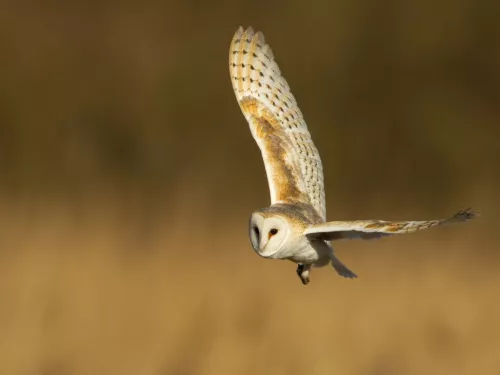
The beautiful barn owl is, perhaps, our most-loved owl. Look out for it flying low over fields and hedgerows at dawn and dusk.
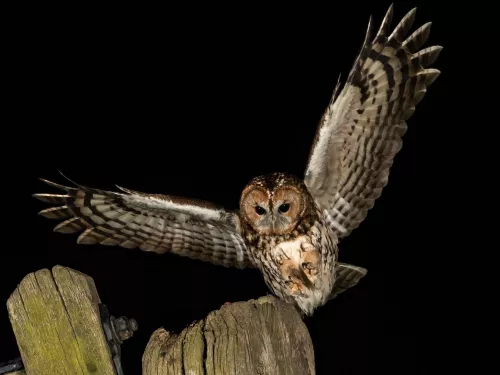
Tawny owls are the familiar brown owls of Britain’s woodlands, parks and gardens. They are known for their ‘too-wit too-woo’ song that can be heard at night-time.
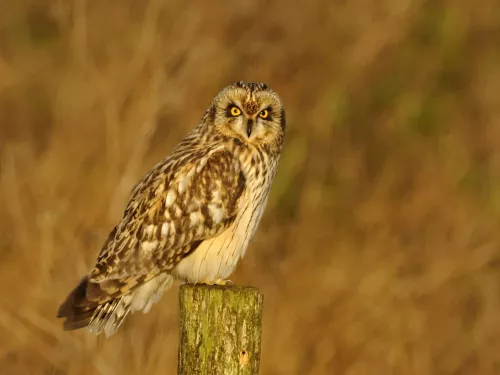
The short-eared owl, or 'Shortie', is an unusual owl because it prefers to be out and about in the daytime. Learn more about it in our species information page.